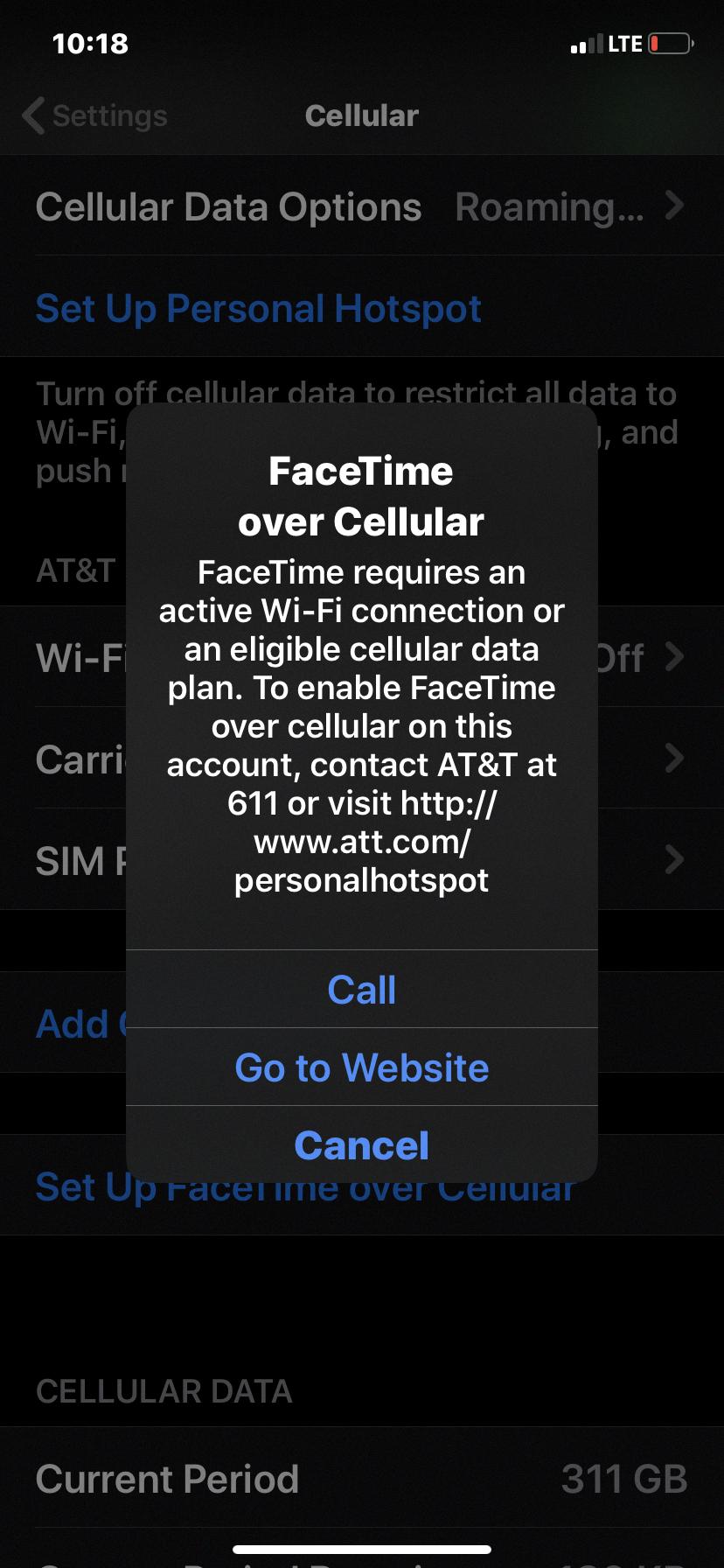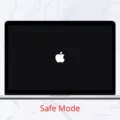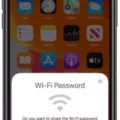Facetime has become an essential feature for Apple users, allowing them to make video and audio calls with ease. However, there may be instances when Facetime encounters issues, particularly when trying to use it over a Wi-Fi connection. In this article, we will explore the reasons behind Facetime not working on Wi-Fi and provide possible solutions to resolve this problem.
First and foremost, it is crucial to ensure that Wi-Fi is properly functioning on your device. Make sure you are connected to a stable and reliable Wi-Fi network. Weak or unstable connections can cause interruptions or prevent Facetime from working correctly. Consider moving closer to the Wi-Fi router or resetting the router if necessary.
If your Wi-Fi connection appears to be strong, but Facetime still fails to function, it is essential to check if the Facetime feature is enabled on your device. To do this, go to the Settings app on your iPhone, iPad, or iPod touch, and tap on “Mobile Data” or “Cellular.” From there, locate the FaceTime option and ensure it is turned on. On an iPad, you may need to navigate to “Settings” and then “FaceTime” directly. If you see “Waiting for Activation,” try toggling off and on the FaceTime feature again.
Another useful troubleshooting step is to enable Wi-Fi calling for other Apple devices. This option allows you to make calls using your iPhone’s cellular connection over Wi-Fi on your iPad, iPod touch, or Mac. To enable Wi-Fi calling on an iPad, go to “Settings,” then “FaceTime,” and tap on “Calls from iPhone.” From there, select “Upgrade to Wi-Fi Calling.” On a Mac, open the FaceTime application, choose “FaceTime” in the menu bar, select “Preferences,” and go to the “Settings” tab. Under the “Calls From iPhone” section, choose “Upgrade to Wi-Fi Calling.”
In some cases, Facetime issues may be resolved by simply updating your device’s operating system. Ensure that your iPhone, iPad, iPod touch, or Mac is running on the latest version of iOS or macOS. Software updates often include bug fixes and improvements that can help resolve compatibility issues.
If none of the above steps have resolved the issue, it is advisable to check for any restrictions or parental controls that may be blocking Facetime. Go to the “Settings” app, tap on “Screen Time” or “General,” and look for “Restrictions” or “Content & Privacy Restrictions.” Make sure that Facetime is allowed and not restricted.
Lastly, if Facetime still does not work on Wi-Fi, it is recommended to contact Apple Support for further assistance. They can provide specific guidance tailored to your device and troubleshoot any underlying hardware or software issues that may be causing the problem.
Facetime is an excellent communication tool, but it may encounter difficulties when used over a Wi-Fi connection. By ensuring a stable Wi-Fi connection, enabling Facetime, and checking for any restrictions or updates, users can troubleshoot and potentially resolve any issues they may encounter. If problems persist, contacting Apple Support is the best course of action.
Why Won’t Your FaceTime Connect Anymore?
If you are experiencing issues with FaceTime not connecting, there could be several reasons behind it. Here are some possible causes and troubleshooting steps to resolve the problem:
1. Check your internet connection:
– Ensure that you are connected to a stable and reliable Wi-Fi network or cellular data network.
– Test your internet speed to make sure it meets the minimum requirements for FaceTime.
2. Verify FaceTime settings:
– On your iPhone or iPad, go to the Settings app and tap on “Mobile Data” or “Cellular”.
– Make sure that FaceTime is enabled. If using an iPad, you may find the option under “Settings” > “Mobile Data”.
– Additionally, navigate to “Settings” > “FaceTime” and ensure that FaceTime is turned on.
3. Activate FaceTime:
– If you see a message saying “Waiting for Activation” under FaceTime settings, try turning off FaceTime and then turning it on again.
– This may prompt the activation process to start. If prompted, enter your Apple ID and password.
4. Update your device:
– Ensure that your iPhone or iPad is running the latest version of iOS or iPadOS. Outdated software can sometimes cause compatibility issues.
– Go to “Settings” > “General” > “Software Update” to check for any available updates and install them if necessary.
5. Disable VPN or Proxy:
– If you are using a VPN or proxy connection, disable it temporarily as these services can interfere with FaceTime connections.
6. Check restrictions and settings:
– Go to “Settings” > “Screen Time” > “Content & Privacy Restrictions” and make sure that FaceTime is allowed under the “Allowed Apps” section.
– Ensure that FaceTime is not blocked or restricted by any other settings or parental controls on your device.
7. Restart your device:
– Sometimes, a simple restart can resolve connectivity issues. Restart your iPhone or iPad and then try using FaceTime again.
If none of the above steps work, you may want to contact Apple Support for further assistance and troubleshooting specific to your device.

How Do You Get FaceTime to Work On Wi-Fi?
To enable FaceTime to work on Wi-Fi, please follow these step-by-step instructions:
1. Make sure your device is connected to a Wi-Fi network. FaceTime requires a stable internet connection to function properly.
2. On your iPhone, go to Settings and scroll down to find FaceTime. Tap on it to open the FaceTime settings.
3. In the FaceTime settings, toggle the switch to turn on FaceTime. It should show as green when enabled.
4. Under the “You can be reached by FaceTime at” section, make sure your phone number and Apple ID email address are listed. These are the contact details others can use to reach you through FaceTime.
5. Next, enable the “Use Cellular Data” option if you want to allow FaceTime calls to be made over your cellular network when Wi-Fi is not available. This step is optional but can be useful if you have a limited Wi-Fi connection.
6. Now, tap on “Wi-Fi Calling” (or “Calls from iPhone” on older iOS versions) and make sure it is turned on. This setting allows you to make and receive FaceTime calls using your iPhone’s cellular network when Wi-Fi is not available.
7. Lastly, ensure that your Apple ID is signed in to FaceTime. You can do this by going back to the main Settings menu, scrolling down to find “Messages,” and tapping on it. Then, select “Send & Receive” and ensure your Apple ID is listed under the “You can be reached by iMessage at” section.
Once you have completed these steps, you should be able to use FaceTime over Wi-Fi. Remember, both you and the person you want to call must have FaceTime enabled on your devices to have a successful FaceTime call.
Conclusion
FaceTime is a versatile and convenient feature that allows Apple users to make video and audio calls with ease. By enabling FaceTime in the settings of your device, you can enjoy seamless communication with friends and family, regardless of their location. Whether you’re using an iPhone, iPad, iPod touch, or even a Mac, FaceTime can be easily activated and upgraded to include Wi-Fi calling.
By turning on FaceTime in the Mobile Data or Cellular settings, and ensuring it is enabled in the FaceTime settings, you can take advantage of this powerful feature. If you encounter any issues such as “Waiting for Activation,” simply toggle the FaceTime option off and then on again.
Furthermore, FaceTime offers the option to upgrade to Wi-Fi calling on other Apple devices. On iPads and iPod touches, this can be done by going to the FaceTime settings and tapping “Upgrade to Wi-Fi Calling.” On Macs, the FaceTime preferences can be accessed by opening FaceTime and selecting FaceTime > Preferences > Settings. From there, choose “Calls From iPhone” and click “Upgrade to Wi-Fi Calling.”
FaceTime enhances the communication experience for Apple users by providing an intuitive and user-friendly platform for video and audio calls. With its seamless integration across various devices and the ability to upgrade to Wi-Fi calling, FaceTime is a valuable tool for staying connected with loved ones.








